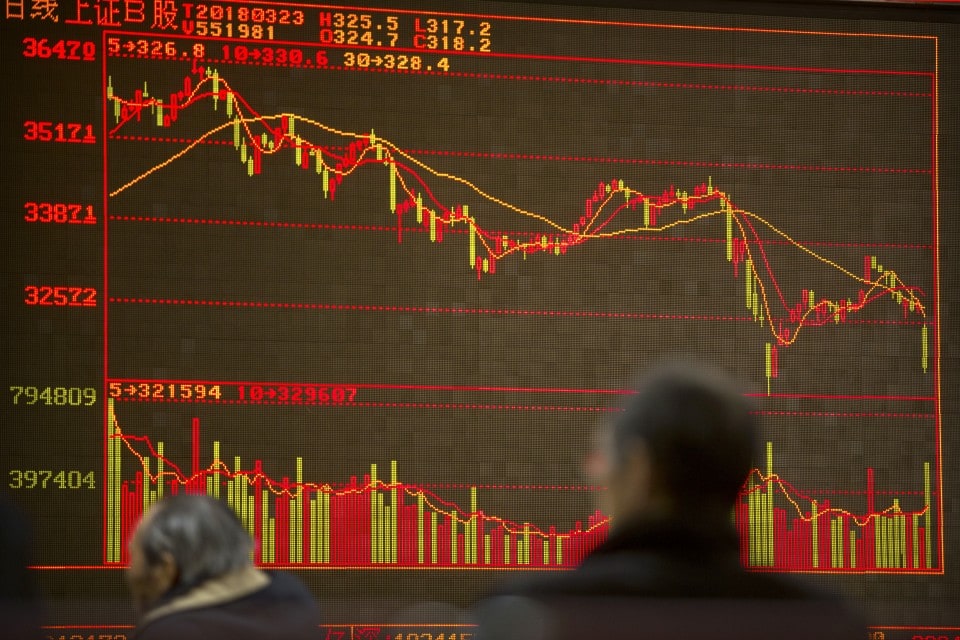Pascal Lamy was director-general of the World Trade Organization from 2005-2013. He is also a member of the Berggruen Institute’s 21st Century Council.
PARIS — Until recently, President Trump’s trade posture seemed to be more bark than bite. Exiting the Trans-Pacific Partnership, which the Obama administration had decided not to push through Congress, was more symbolic than real; renegotiating NAFTA after 25 years probably makes sense if it is not one-sided; renegotiating the U.S.-Korea bilateral agreement has become a tradition for every new U.S. administration; a few anti-dumping or anti-subsidy tariffs on washing machines or solar panels is pretty much business as usual.
But now it is becoming serious. A first wave of trade restrictions on steel and aluminum raised the game to the billion-dollar mark. A second wave of China-focused measures takes it up to $50 billion — or maybe even $100 billion, as the president said. Hence the understandable nervousness of financial markets.
The escalation has perplexed U.S. trade partners. The World Trade Organization is a “catastrophe,” Trump said, but let’s litigate against China in Geneva while clogging the dispute settlement system by refusing to nominate new judges. Steel and aluminum need to be protected from European or Japanese imports on national defense grounds, as if a war was suddenly looming between the U.S. and longtime allies; some exemptions might be available, but on unknown grounds. The trade deficit is about foreigners stealing U.S. jobs, while the economy is near full-employment. There should be as many Chevrolets in Berlin as there are Mercedes in New York. And on and on. In short, all this makes no sense, and U.S. trade partners are left guessing whether this confusion is intentional or not.
There seem to be two interpretations. The first one is that it’s all about tactics, about building bargaining power. What the U.S. president is after is effective negotiation, cleverly and noisily prepared by a parade of trade announcements to show that U.S. weaponry is loaded and to put the U.S. in a position of strength. But this leaves open the question of whether the ensuing negotiation should be bilateral or multilateral. No doubt U.S. trade partners — starting with the main ones, the E.U. and China — prefer that this conversation take place within the WTO. As multilateral insurance against protectionism, the WTO is more stable, predictable, efficient and fair than going back to bilateral trade preferences.
After all, some of the criticism of the existing system makes sense: the E.U. would fully agree with the U.S. that existing disciplines do not adequately constrain Chinese practices and that China should open its public procurement market. The E.U. would also agree with China that U.S. agricultural subsidies distort trade and need to be revised and that intellectual property protection for medicines should be time-limited at a reasonable level. So in many ways, there is ample scope for negotiation to improve the WTO rulebook, if that is Trump’s intention.
But the second interpretation is that Trump’s aim is to go bilateral instead of multilateral — to negotiate specific targeted trade preferences in favor of U.S. producers to the detriment of others. This will be resisted by the E.U. and probably, although not certainly, by China. This interpretation, of course, suggests a more systemic and dangerous challenge to the multilateral global trading system. The U.S. could be targeting the WTO system in order to blow it up, to make bilateralism the new norm, based on Trump’s belief that the U.S. will always win in a bilateral trade confrontation.
In that case, the adequate reaction by U.S. trade partners would be to join forces in order to protect the multilateral trading system from U.S. aggression. They need to make clear that, if the U.S. won’t play ball, they stand ready to put together a “WTO minus America” option, a formula similar to what Japan achieved with the TPP after the U.S. pulled out. Making it clear that this is plan B is probably the best tactical option for the rest of the world in order to make sure that plan A — improving the multilateral, rules-based trading system instead of destroying it — is the game that Trump plays.
This was produced by The WorldPost, a partnership of the Berggruen Institute and The Washington Post.




